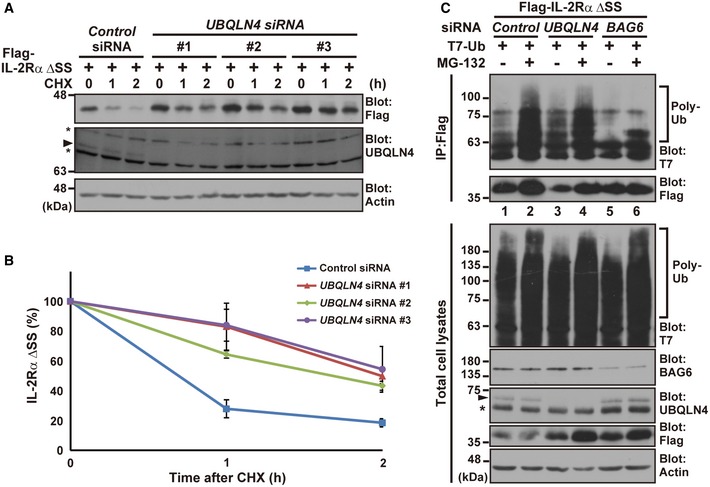Figure 4. UBQLN4 is essential for the degradation of mislocalized IL‐2Rα ΔSS .

-
A, BIL‐2Rα ΔSS is stabilized in UBQLN4 knockdown cells. HeLa cells were transfected with three distinct siRNA duplexes for UBQLN4 (UBQLN4 siRNA#1–#3) or control siRNA. At 48 h after siRNA transfection, Flag‐tagged IL‐2Rα ΔSS was expressed in the cells. At 24 h after IL‐2Rα ΔSS transfection, the cells were chased with 20 μg/ml CHX and harvested at the indicated time after CHX addition. Anti‐Flag signals in the control or UBQLN4 siRNA‐treated cells (siRNA#1–#3) were quantified at the indicated time points. The data represent mean ± SEM calculated from four independent experiments (n = 4). The UBQLN4 signal is marked by an arrowhead, while the band just below it (indicated by an asterisk) is a non‐specific band, since this signal was never affected by any of the UBQLN4 siRNAs. Actin was used as a loading control.
-
CPolyubiquitin modification of IL‐2Rα ΔSS was not diminished, but rather strengthened, in UBQLN4 knockdown cells. At 48 h after transfection of HeLa cells with siRNA for UBQLN4 or BAG6, Flag‐tagged IL‐2Rα ΔSS and T7‐tagged ubiquitin were expressed with (+) or without (−) 10 μM MG‐132. From these cells, Flag‐tagged IL‐2Rα ΔSS was affinity‐purified using hot lysis analysis, and Flag precipitates were blotted with an anti‐T7 antibody to detect polyubiquitination of IL‐2Rα ΔSS. The UBQLN4 signal is marked by an arrowhead, and the asterisk indicates a non‐specific band. Actin was used as a loading control.
Source data are available online for this figure.
